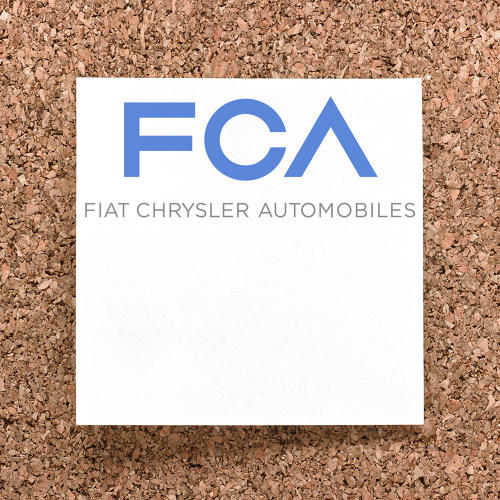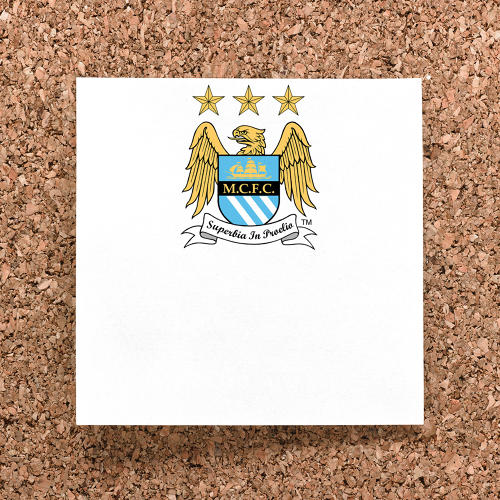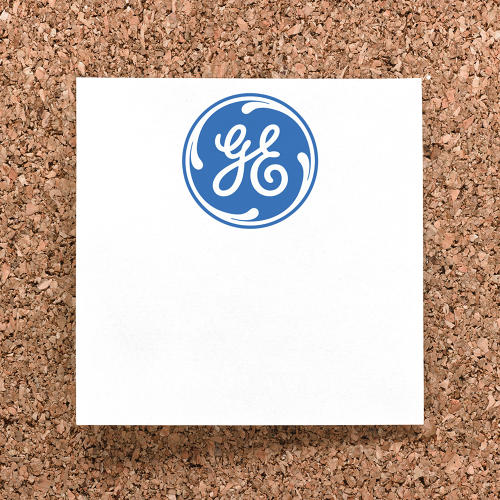Blue may seem like a safe bet for a brand’s identity. The data suggests otherwise.
In brand design, the color blue is everywhere. Roughly 60% of Fortune 500 companies feature dominantly blue brand identities. Nearly half of Major League Baseball’s 30 teams sport a blue signature color. The “Big Three” US automobile manufacturers—General Motors, Ford, and Fiat Chrysler—are all blue. The same goes for Facebook, Twitter, and LinkedIn. This makes little sense from the perspective of designers. Differentiation is supposed to be a good thing, but magenta T-Mobile and brown UPS and orange Home Depot look like crazy-uncle outliers against this blue backdrop.
There is plenty of psychological research on reactions to blue and other colors, but to evaluate the strategy of choosing blue for a brand, we wanted to measure how blue actually performs, to examine how it measures up against other colors in competitive environments. After all, brands have to compete—they have to work against the idea of sameness and command a premium. So we looked at the comparative performance of blue and other colors in several real-life contexts, including: Major League Baseball’s 2014 season; the 20 largest sports teams by payroll: and similarly sized data sets from the Fortune 500 and other metrics-based business rankings.
The Blue Socks
Based on the signature brand colors of its teams, Major League Baseball can be divided up into just seven color blocks: blue, red, orange, black, green, purple, and yellow. The number of blocks gets a lot smaller when the blocks consisting of just a single team—black (Chicago White Sox), green (Oakland Athletics), purple (Colorado Rockies), and yellow (Pittsburgh Pirates)—are removed. That leaves us with a 13-franchise blue block of teams, a 9-franchise red block of teams, and a 4-franchise orange block of teams. We then compared the performance of these blocks, using just hard numbers: team payrolls and wins and losses. So, as a “team,” how did blue do in 2014?
The blue block of teams comprised 46% of total MLB payroll, but just 43% of total wins; conversely, the orange block of teams comprised 10% of total payroll, but 14% of total wins. Dividing each individual team’s payroll by its total number of wins reveals the team’s “cost per win”—what it paid in payroll for each victory. Within this metric, five of the ten highest cost per win figures in 2014 belong to blue teams, including the highest cost per win team in the L.A. Dodgers, which paid $751,028 more per win than the orange San Francisco Giants, the eventual World Series winner.
The blue block of teams had a lower average win total figure (80.9 wins) than both orange (82.7), and red (88.8). Given that both the 2014 American League Central division race an American League Wild Card race were separated by a single game, these margins matter.
Despite the fact that more than 40% of MLB teams are blue, a blue team has won the World Series just once in the last 10 years (2009 New York Yankees). It’s also worth noting that the New York Yankees had 2009’s highest opening day payroll of around $201 million US, which was $65 million more than the second-highest team payroll that year—so while the Yankees won, they definitely paid far and away the most for that championship.
The Blue Bottom Line
So, blue underperforms in Major League Baseball as reflected in wins-losses and payroll efficiency. But sports are sports. How does blue perform in major league business? MLB consists of 30 teams, so the 30 biggest companies by gross revenues as ranked by Fortune offer a same-sized data set to examine. While MLB is not a study in color diversity, the Fortune “30” is nearly binary in its color representation; other than Apple (white) and Fannie Mae (green), the 30 biggest companies in the U.S. are either blue or red.
With 19 companies in the top 30 featuring predominantly blue brand identities, blue companies represent 63% of the total list and contribute a 63% share of total revenue—but just a 45% share of total profits. Put more simply: as a group, blue companies earn a lot revenue, but are less profitable than their red, green, and white peers.
Blue lags behind all other represented colors in the “profit as a percentage of sales” metric. Red companies on the list average 7.1% margins while blue companies average 6.6% (note: Apple and Fannie Mae profits are off-the-charts, and as single-color outliers here they defy meaningful comparison). To put the difference between red and blue group margins here in perspective, if the blue group earned the same average profit percentage on its sales that year as the red group, the blue companies would be collectively $12.24 billion richer.
The Big Blue Marble
Maybe this is all just crazy correlation, and nothing more. Or perhaps this is an American phenomenon, and looking at blue’s performance in sports and business more globally will redeem blue in some way.
To see if this is the case, we looked at the 20 most profitable companies in the world and the 20 teams with the largest player payrolls on the planet—a list that includes the biggest-spending teams from MLB, the NBA, Barclays Premier League (England), Ligue 1 (France), La Liga (Spain), and the Bundesliga (Germany).
First, the 20 most profitable companies in the world: Blue companies represent 40% of the list, but the blue block’s share of revenues is just 34%; conversely, the red and green blocks have increased shares of revenues compared to their proportional representation on the list. That trend is echoed in the color blocks’ respective shares of profits; blue’s share of profits decreases, while the red and green blocks’ shares increase.
.
Next, the 20 biggest sports teams in the world by team payroll: Four of the five largest team payrolls on the planet belong to blue teams. Only one of those teams—Paris Saint-Germain in France’s Ligue 1—actually managed to win its most recent league championship. Among the Barclays Premier League teams on the list, there are two blue-red, same-city rivals represented in Manchester City (blue) and Manchester United (red), and London’s Chelsea (blue) and Arsenal (red); while Chelsea and Manchester City finished the most recent BPL season 1-2, which looks like a bright spot for blue, this is deceptive: red’s Arsenal and Manchester United have 33 league titles between them to blue’s Chelsea and Manchester City’s combined nine, despite all four clubs having 100-plus-year histories.
Obviously, the performance of individual professional sports teams and large national and multinational businesses cannot simply be explained through color. But while this is correlation, there certainly is a lot of it to suggest that blue underperforms consistently, and in similar ways, across different contexts.
.
Blue Streaks
So what about causality? What are some possible reasons for blue’s underperformance? Here are our two theories for consideration.
Theory #1: Blue is Just Too Chill
Color theorists frequently connect blue to attributes like “calming” and “peaceful” and “reliable.” There’s not a lot of sex appeal in those attributes. In performance-driven contexts like sports and business, is it possible the underbelly of those attributes is that they lull audiences—including players, employees, and customers—into underperformance?
Theory #2: Blue is the Color of the Un-bold
Blue is cited as the “most popular” color among both men and women. This means blue, as a brand color, is likely the easiest color for groups of people to agree on. If a blue brand is an indicator of a consensus-driven culture, might that also mean that those cultures are essentially self-made for the middle—they are less inclined toward the big risks and bold moves so evident in more dictatorial market leaders.
These theories may or may not explain blue’s underperformance in sports and business, but the stats imply that blue is below average. And blue’s underperformance doesn’t mean it isn’t a lovely color for a sensible car or a comfortable duvet. Just not for a brand with big ambitions.
[Source photo: makeitdouble via Shutterstock]



















Fast Company , Read Full Story
(143)